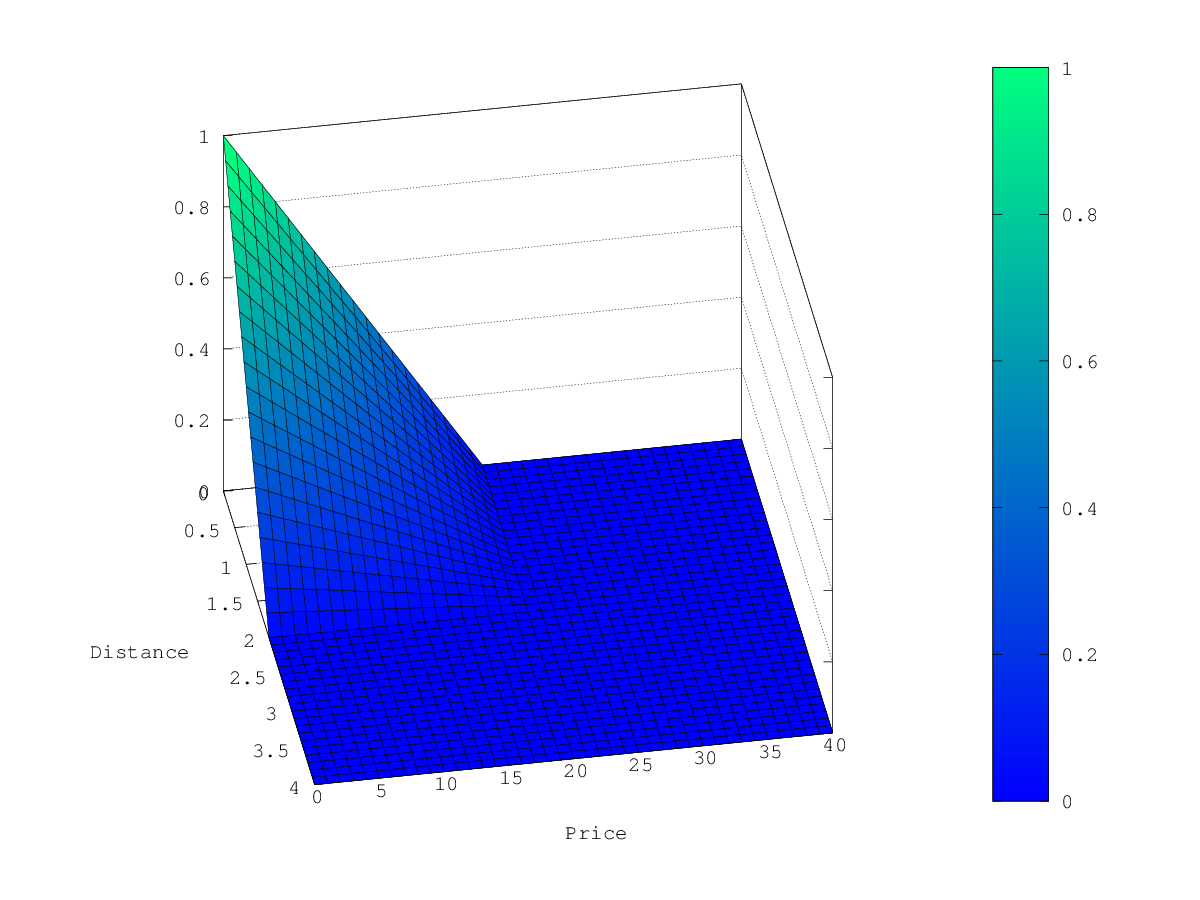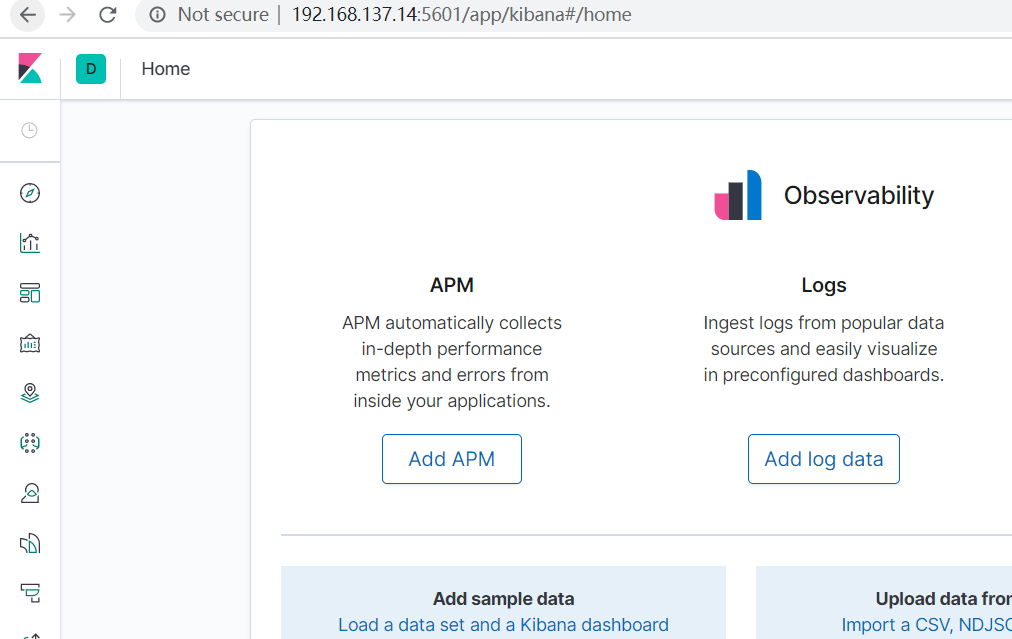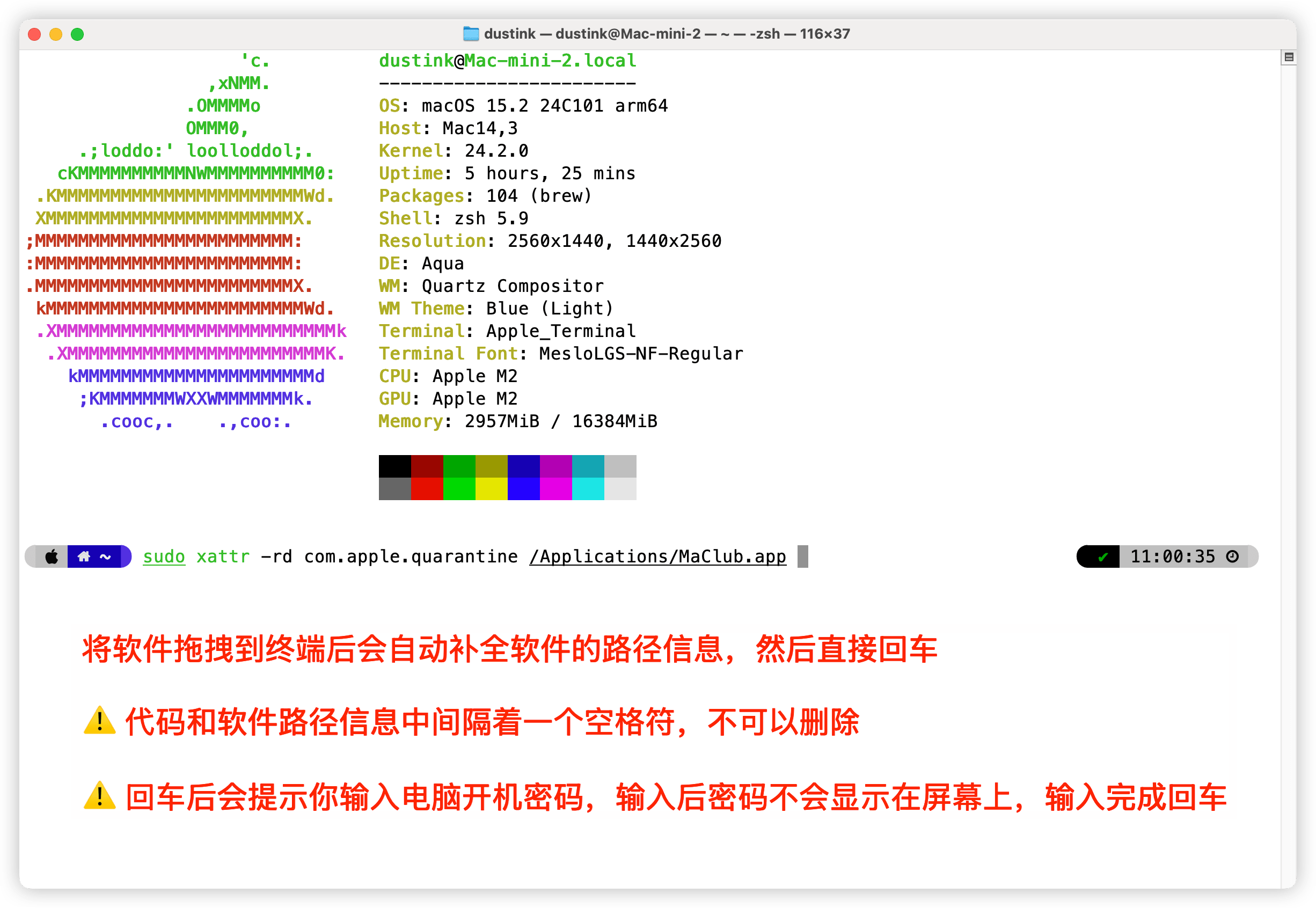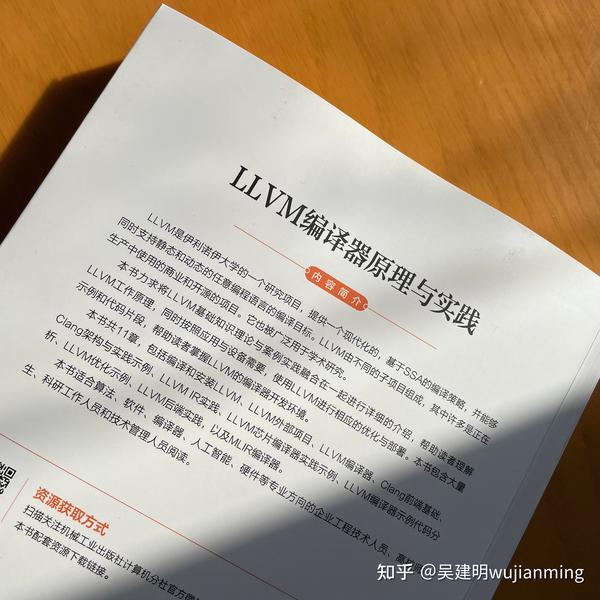什么是HTTP POST请求?
HTTP(超文本传输协议)是Web的基础协议,用于在客户端(如浏览器)和服务器之间传输数据。HTTP请求方法有多种,最常见的包括GET和POST。本文将详细介绍HTTP POST请求,包括其用途、工作原理及示范。
HTTP POST请求的用途
POST请求用于向服务器发送数据,通常用于以下场景:
- 提交表单:例如用户注册或登录表单。
- 上传文件:例如图片或文档上传。
- 发送数据:例如向服务器发送JSON数据以创建新资源。
HTTP POST请求的工作原理
在POST请求中,数据被包含在请求的主体部分,而不是URL中。服务器接收请求后,会处理这些数据并返回响应。
HTTP POST请求的结构
一个典型的HTTP POST请求由以下部分组成:
- 请求行:包含请求方法(POST)、请求URI和HTTP版本。
- 请求头:包含描述请求的元数据(例如Content-Type)。
- 请求主体:包含要发送的数据。
POST /submit-form HTTP/1.1
Host: www.example.com
Content-Type: application/x-www-form-urlencoded
Content-Length: 27name=John&age=30&city=New+York
使用示范
以下是如何在不同环境中发起HTTP POST请求的示范。
使用curl命令行工具
curl是一个用于传输数据的命令行工具,支持多种协议,包括HTTP。
curl -X POST https://www.example.com/submit-form \-H "Content-Type: application/x-www-form-urlencoded" \-d "name=John&age=30&city=New+York"
使用JavaScript Fetch API
在现代浏览器中,可以使用Fetch API发起POST请求。
fetch('https://www.example.com/submit-form', {method: 'POST',headers: {'Content-Type': 'application/json'},body: JSON.stringify({name: 'John',age: 30,city: 'New York'})
})
.then(response => response.json())
.then(data => console.log(data))
.catch(error => console.error('Error:', error));
使用Python的requests库
在Python中,可以使用 requests库发起POST请求。
import requestsurl = 'https://www.example.com/submit-form'
data = {'name': 'John','age': 30,'city': 'New York'
}response = requests.post(url, json=data)
print(response.json())
常见HTTP POST请求头
以下是一些常见的HTTP POST请求头:
- Content-Type:指定请求主体的MIME类型,例如
application/json或application/x-www-form-urlencoded。 - Content-Length:请求主体的字节长度。
- Authorization:用于身份验证的凭据,例如Bearer令牌。
HTTP POST请求示例:注册表单
以下是一个包含HTML表单、JavaScript和后端处理代码的完整示例。
HTML表单
<!DOCTYPE html>
<html lang="en">
<head><meta charset="UTF-8"><title>Registration Form</title>
</head>
<body><form id="registrationForm"><label for="name">Name:</label><input type="text" id="name" name="name" required><br><br><label for="age">Age:</label><input type="number" id="age" name="age" required><br><br><label for="city">City:</label><input type="text" id="city" name="city" required><br><br><button type="submit">Register</button></form><script>document.getElementById('registrationForm').addEventListener('submit', function(event) {event.preventDefault();const formData = new FormData(this);const data = Object.fromEntries(formData.entries());fetch('https://www.example.com/register', {method: 'POST',headers: {'Content-Type': 'application/json'},body: JSON.stringify(data)}).then(response => response.json()).then(data => console.log('Success:', data)).catch(error => console.error('Error:', error));});</script>
</body>
</html>
Node.js后端处理
const express = require('express');
const app = express();app.use(express.json());app.post('/register', (req, res) => {const { name, age, city } = req.body;console.log(`Received registration: ${name}, ${age}, ${city}`);res.json({ message: 'Registration successful' });
});app.listen(3000, () => {console.log('Server is running on port 3000');
});
分析说明表
| 步骤 | 说明 |
|---|---|
| 发起POST请求 | 使用不同工具或语言发起HTTP POST请求 |
| 设置请求头 | 确保Content-Type和其他必要的请求头正确设置 |
| 处理请求 | 服务器接收并处理请求,返回相应结果 |
| 数据格式 | 请求主体数据格式应与Content-Type一致 |
| 错误处理 | 捕获并处理请求和响应中的错误 |
结论
HTTP POST请求是一种常用的HTTP方法,主要用于向服务器发送数据。通过合理设置请求头和请求主体,可以实现数据的可靠传输。无论是在客户端使用JavaScript,还是在服务器端使用Node.js,理解和掌握POST请求的工作原理和应用场景,对于Web开发至关重要。


![(原创)[开源][.Net Standard 2.0] SimpleMMF (进程间通信框架)更新 v1.1,极低CPU占用](https://img2024.cnblogs.com/blog/1686429/202501/1686429-20250117160759172-690917223.png)







